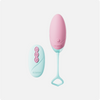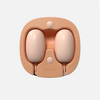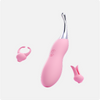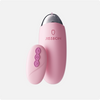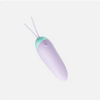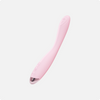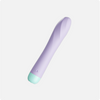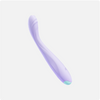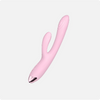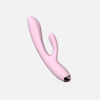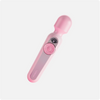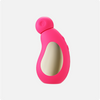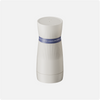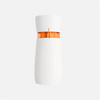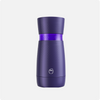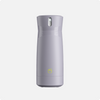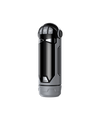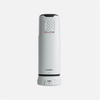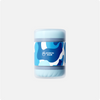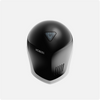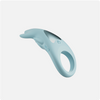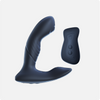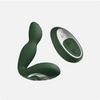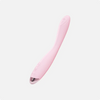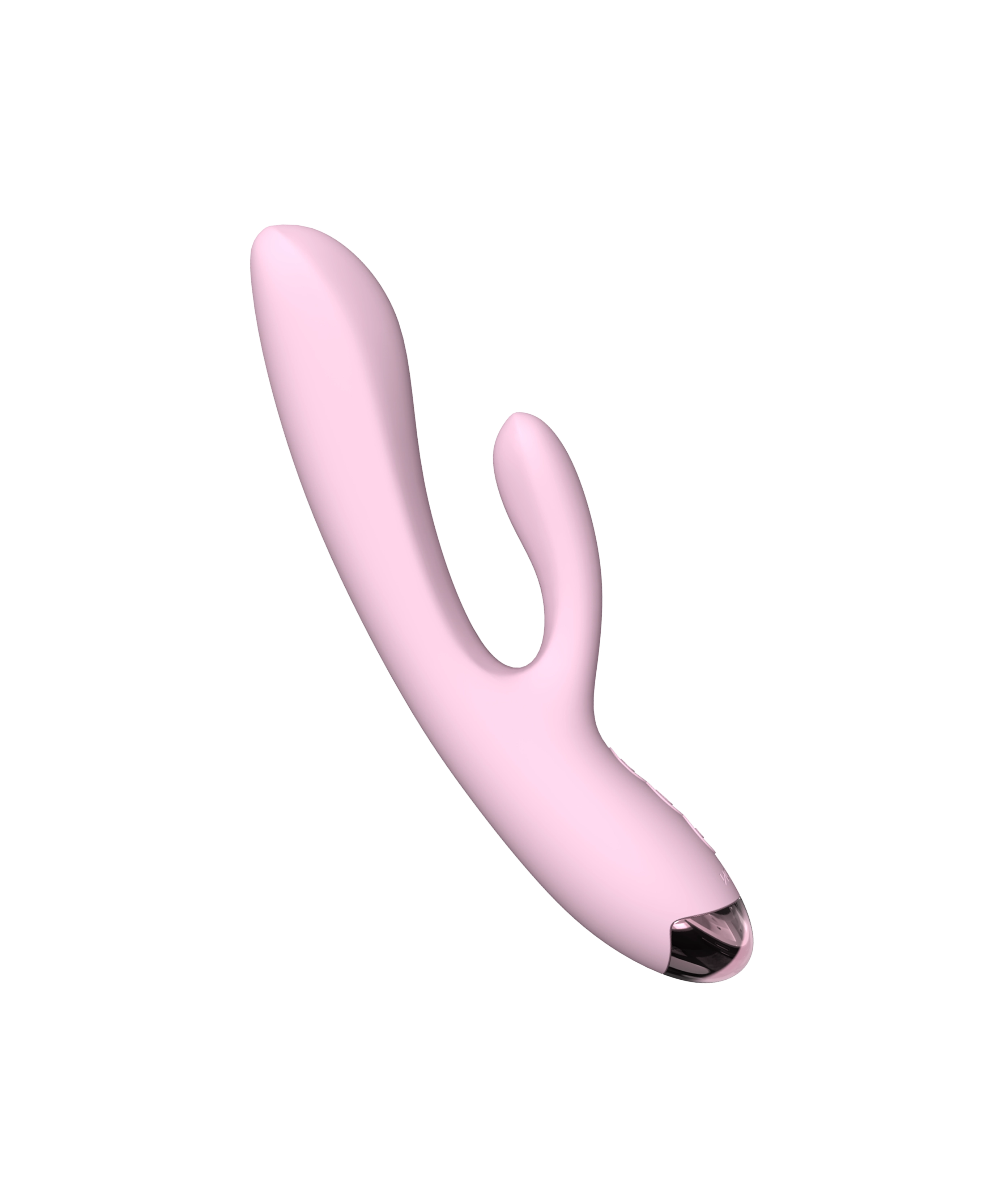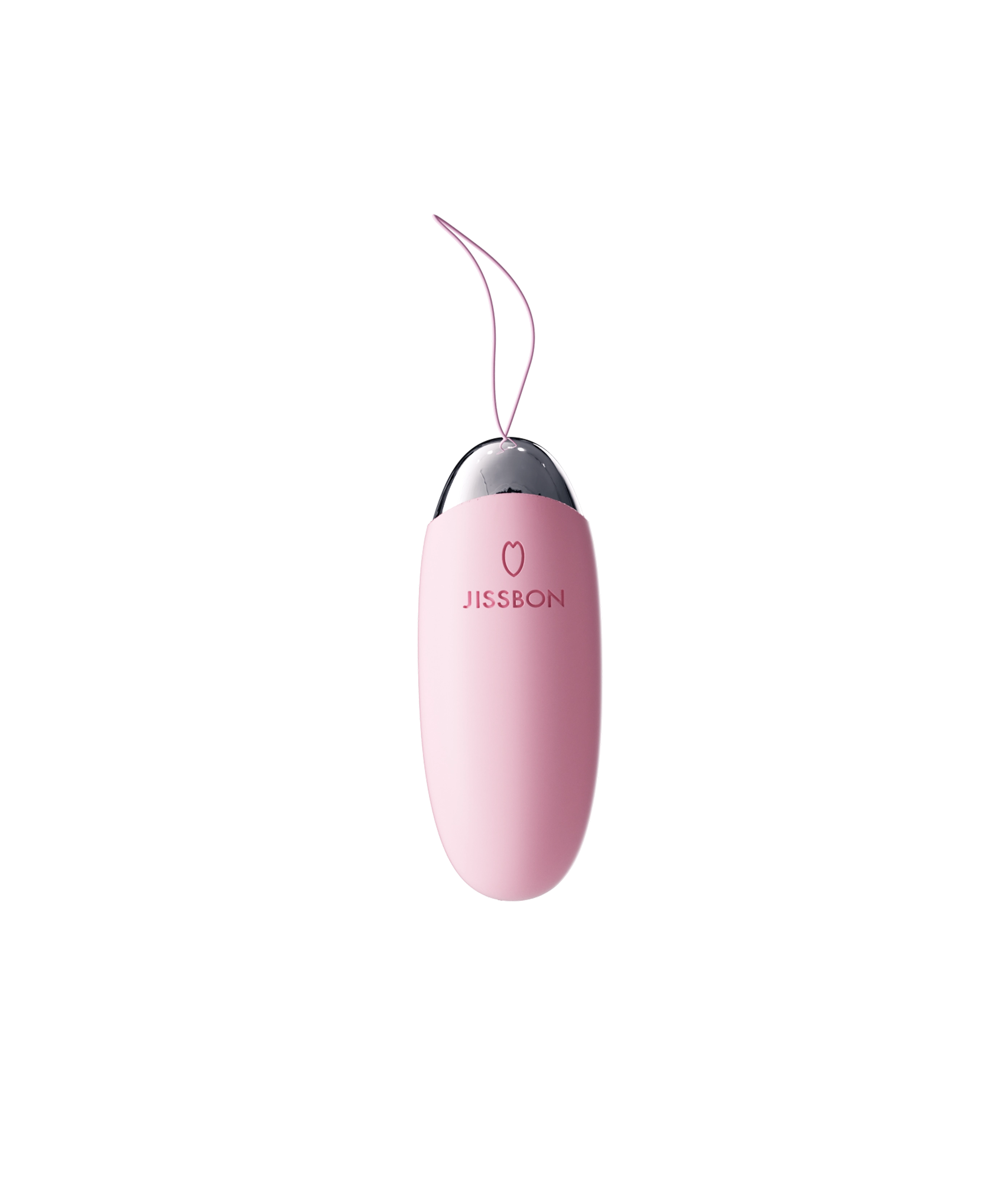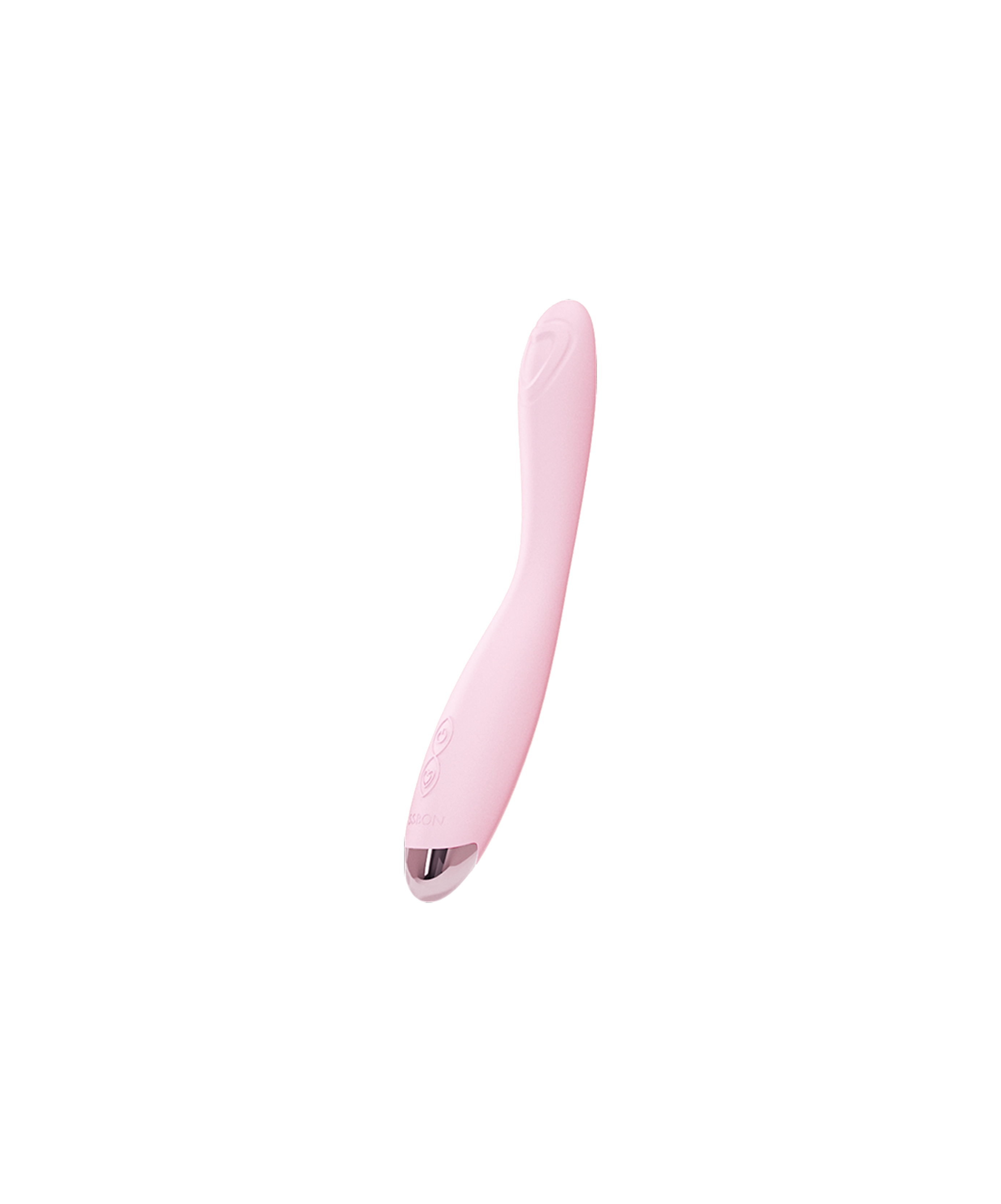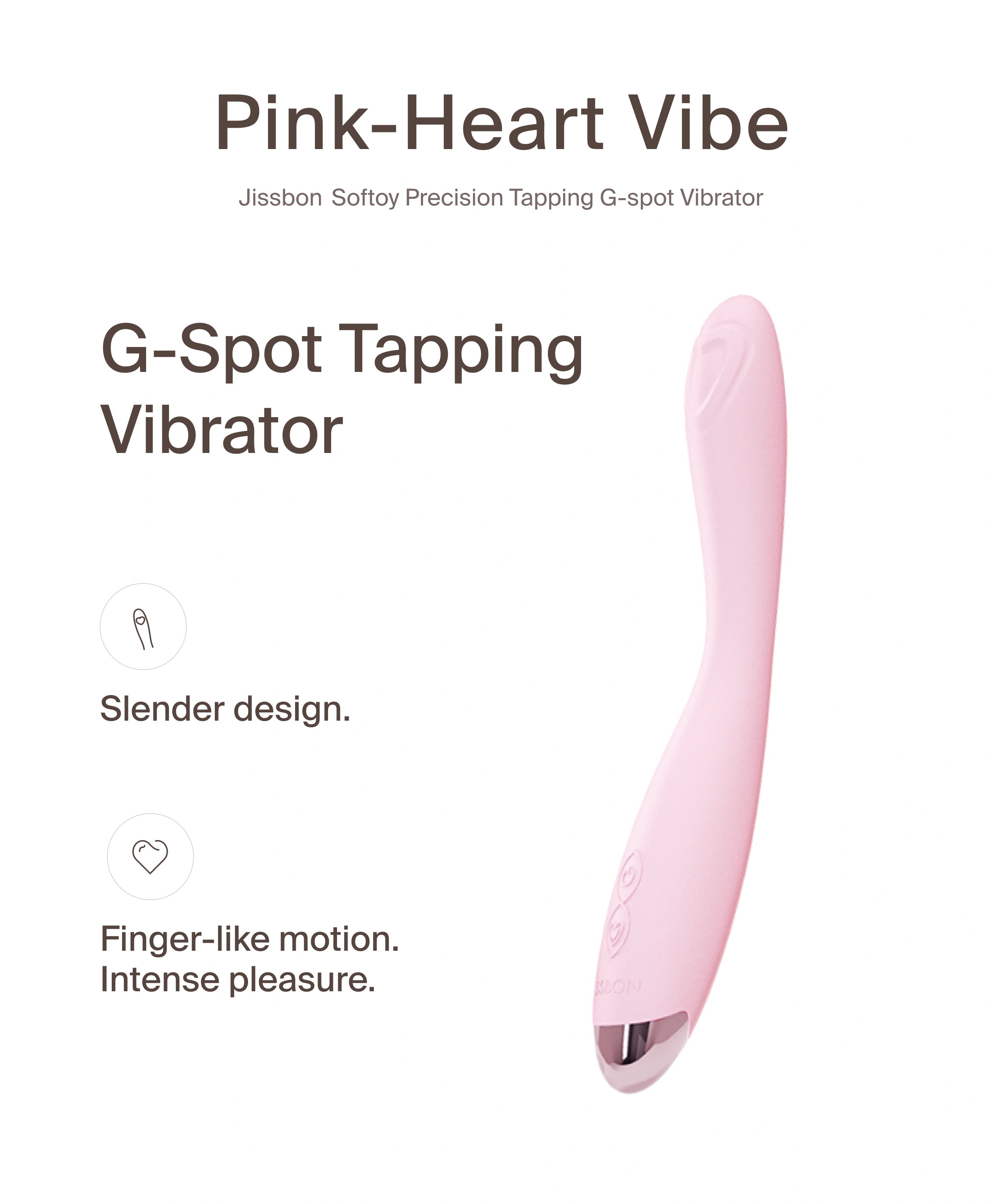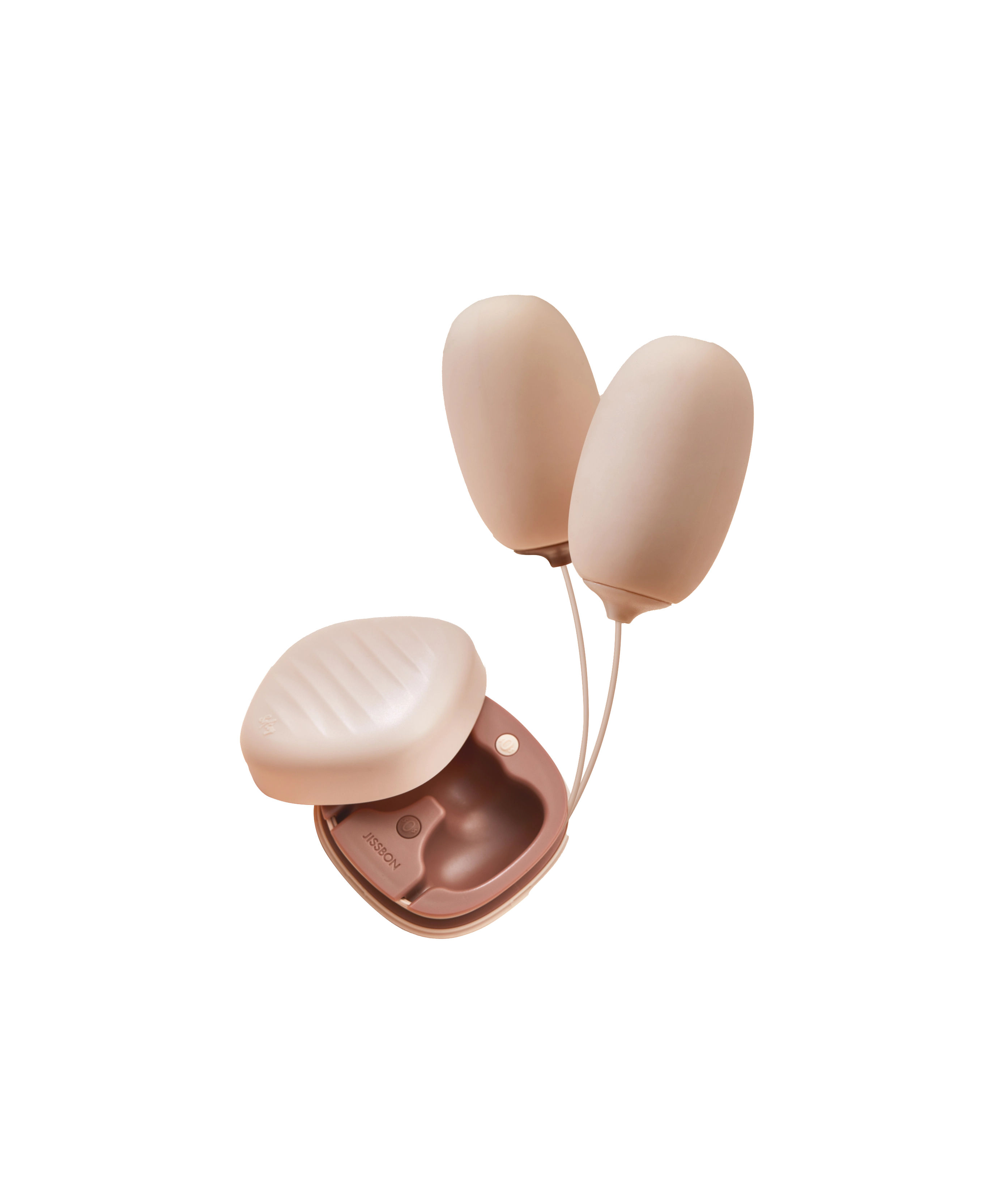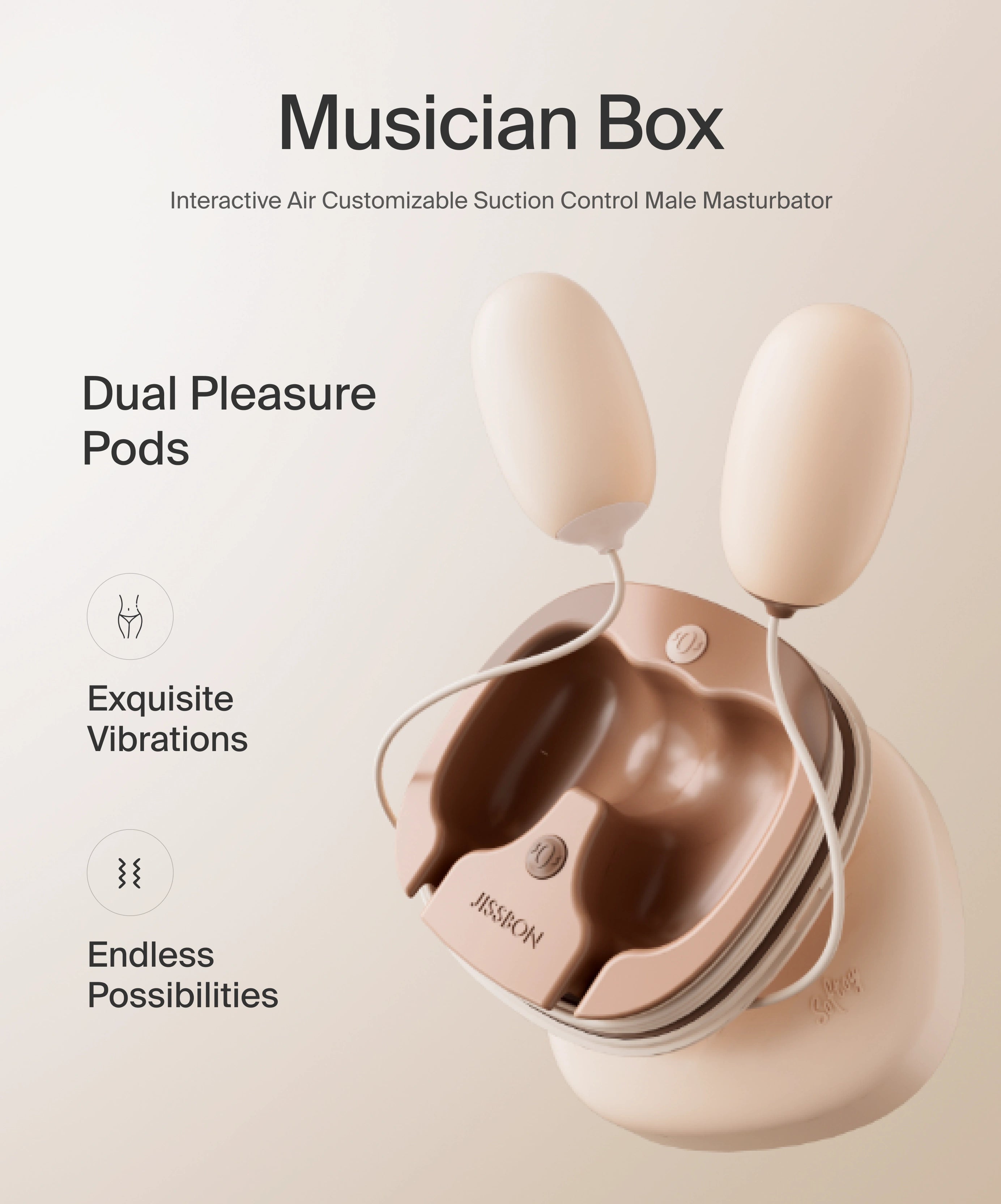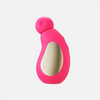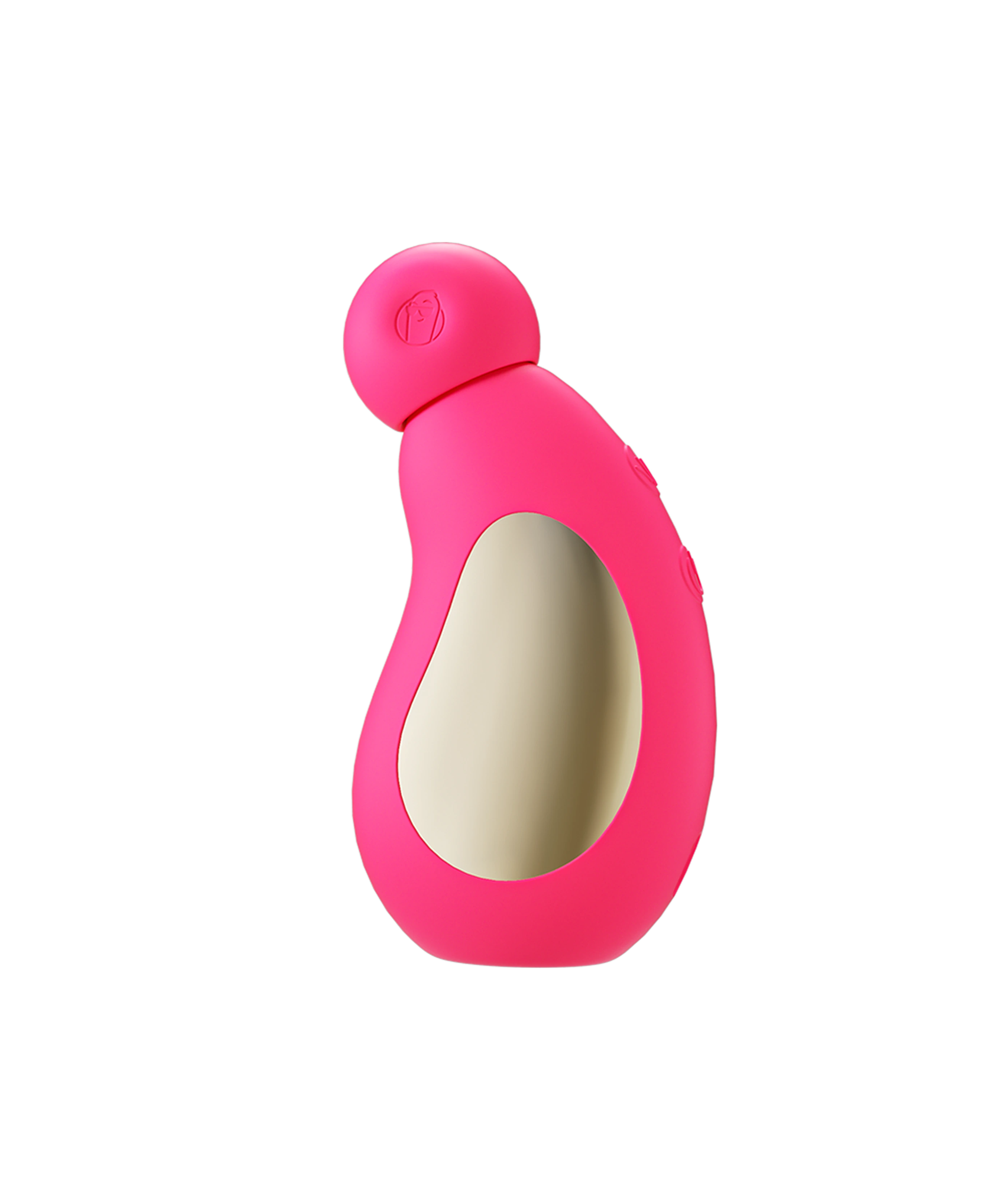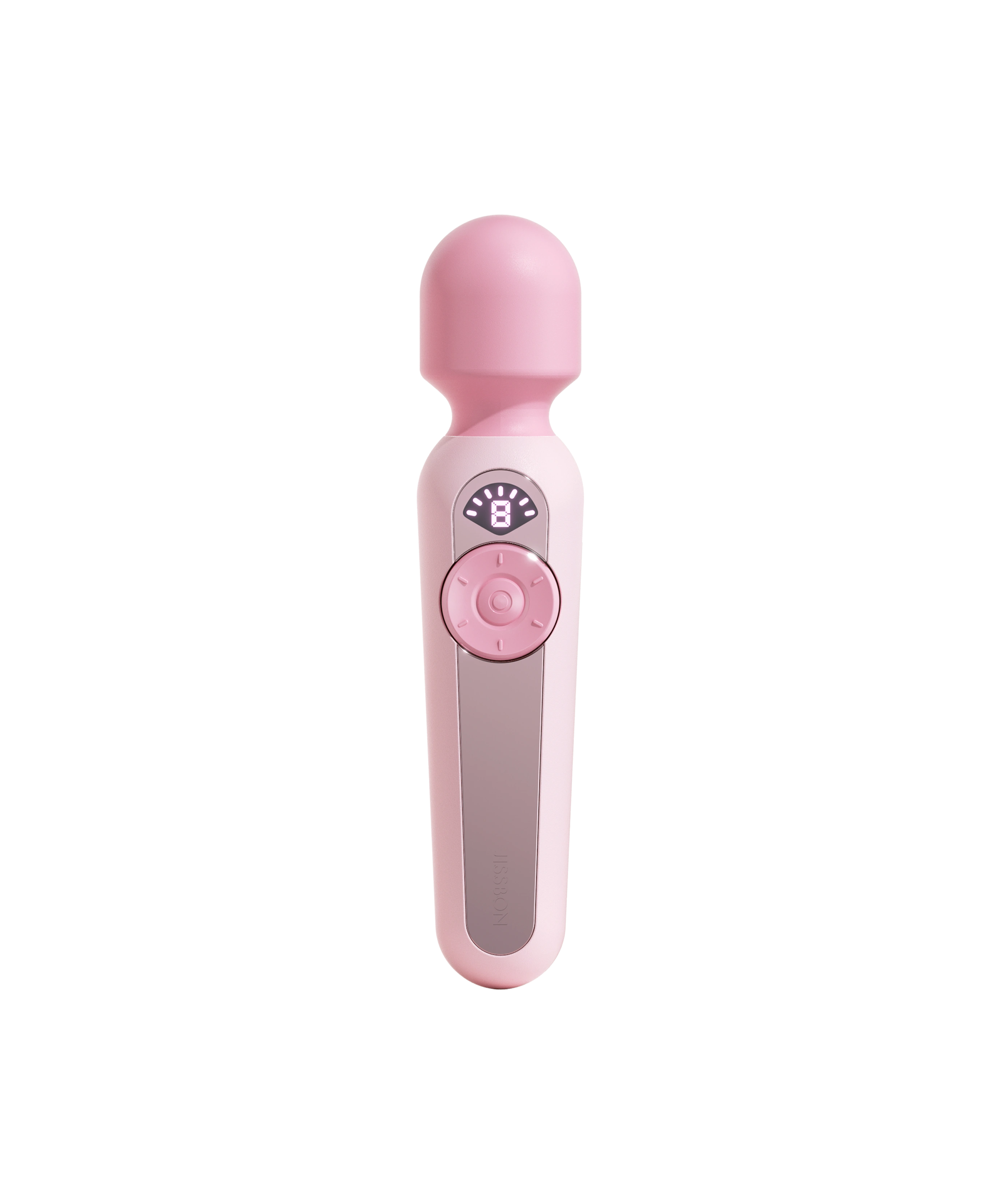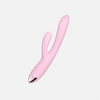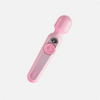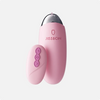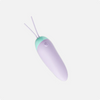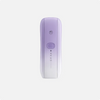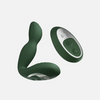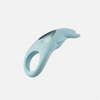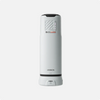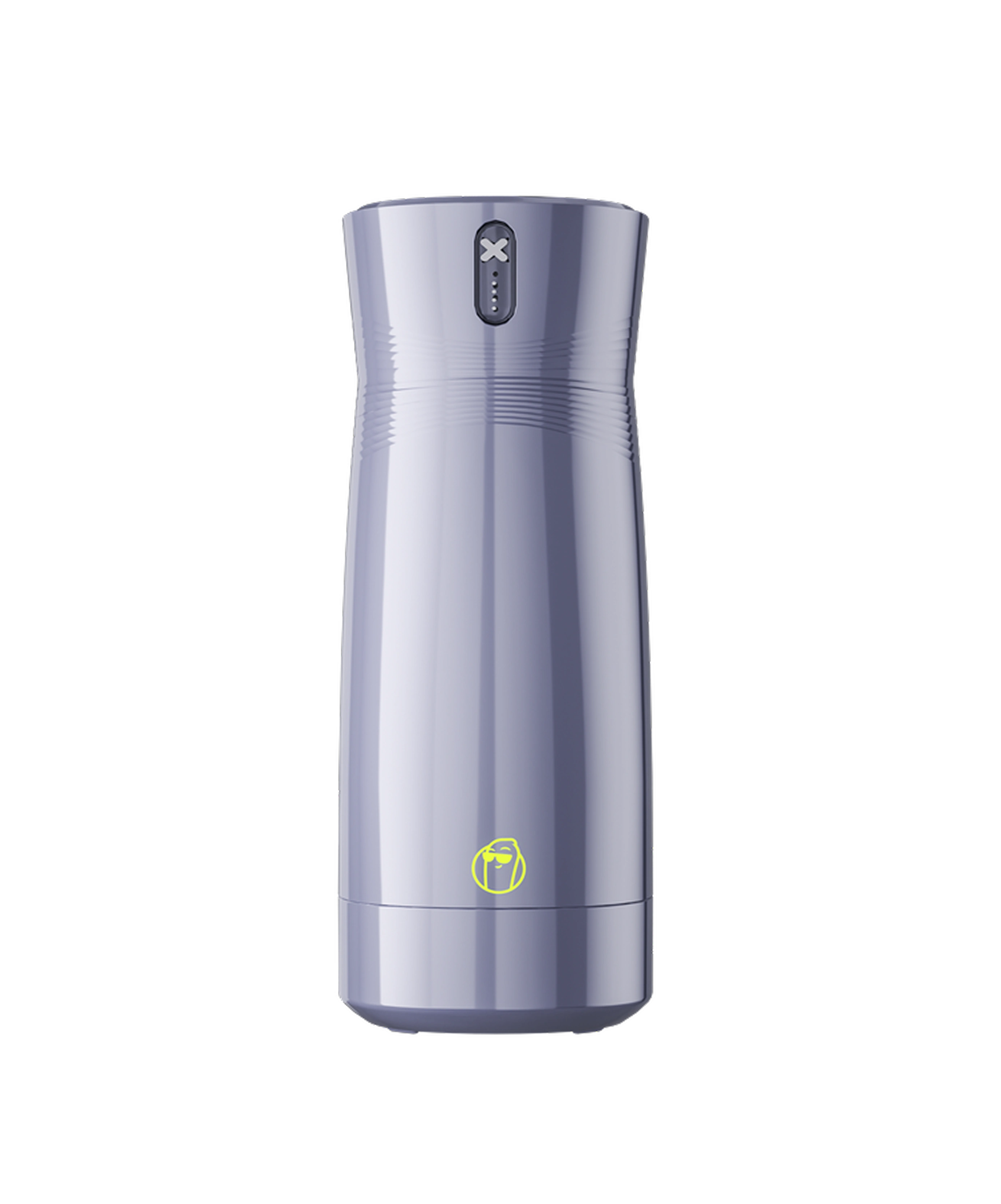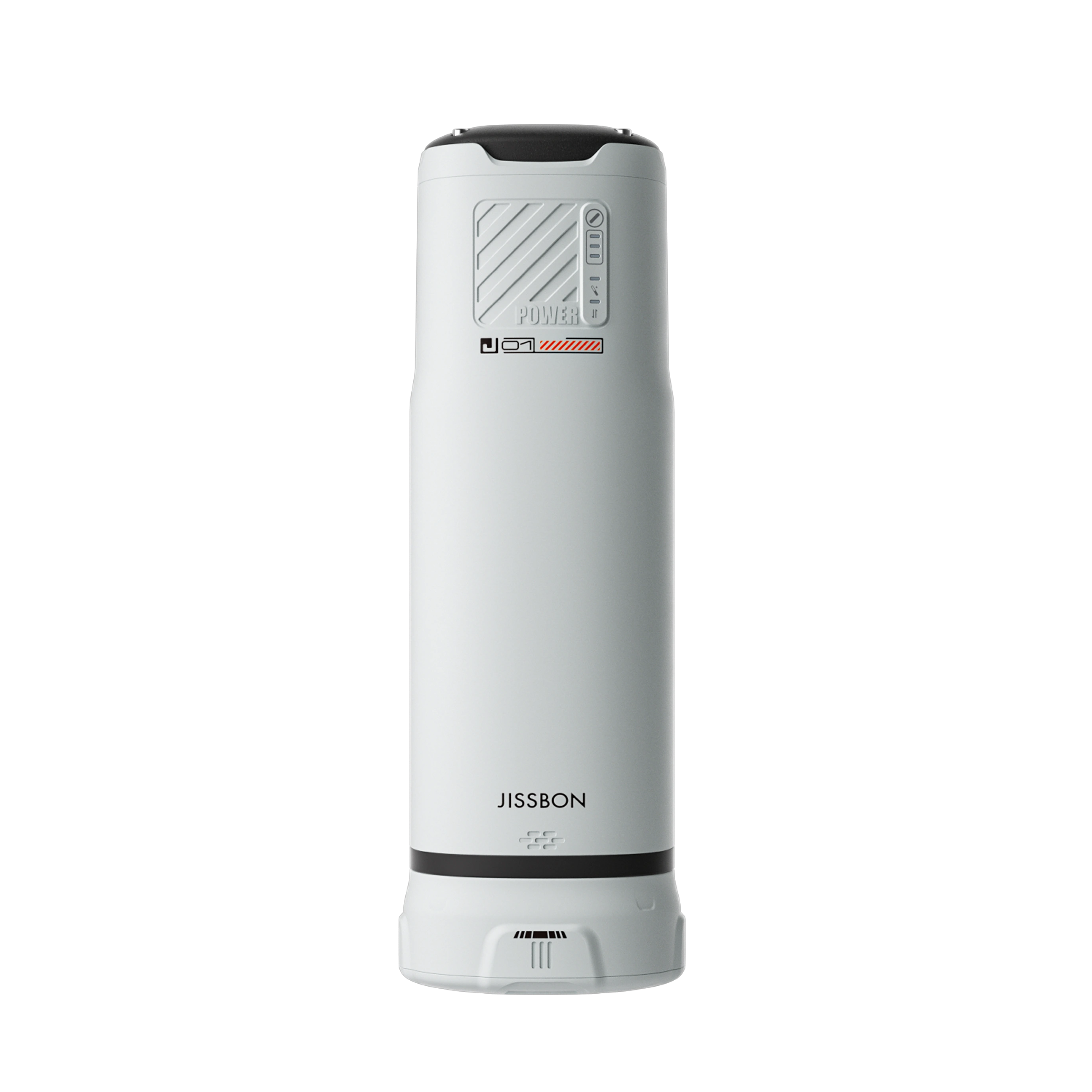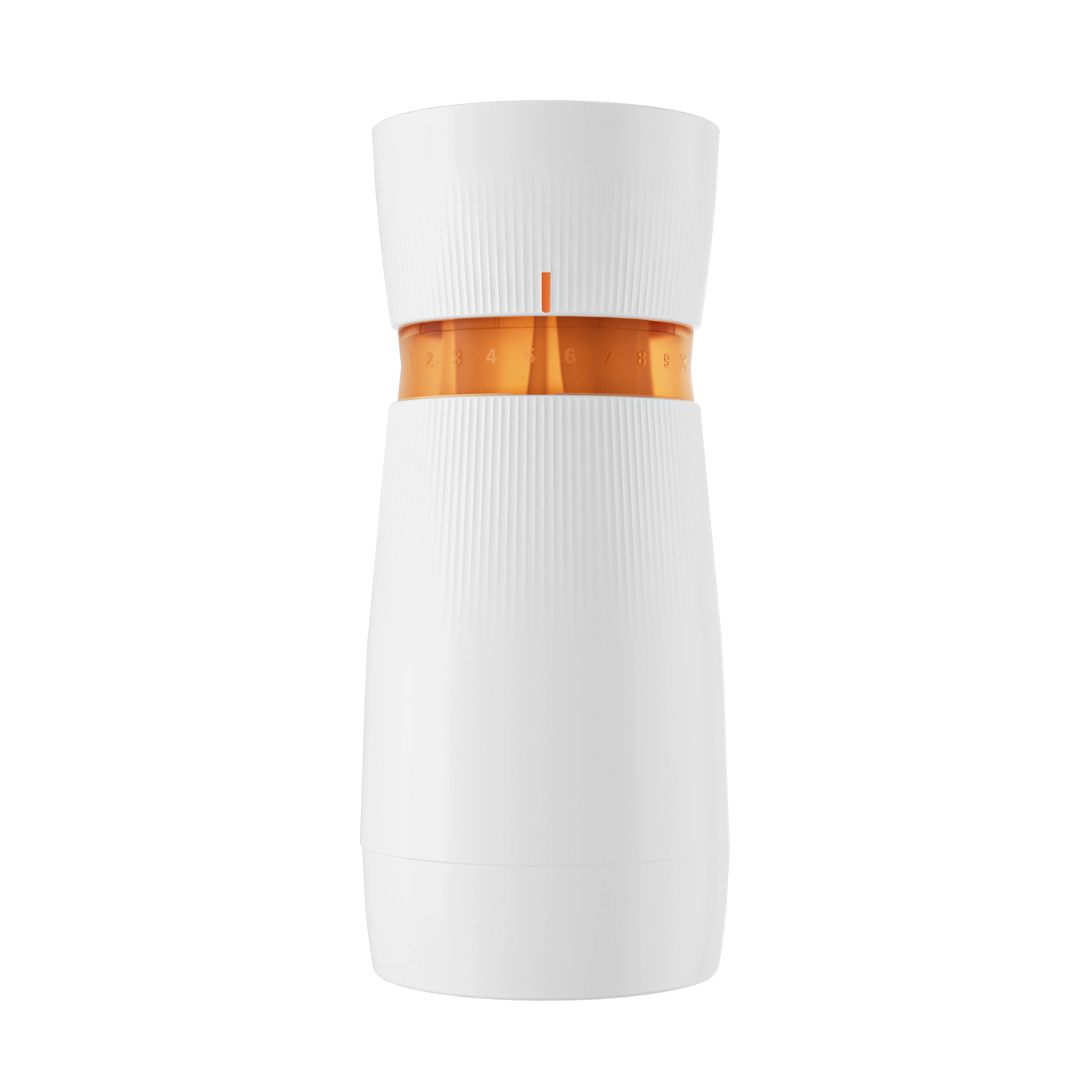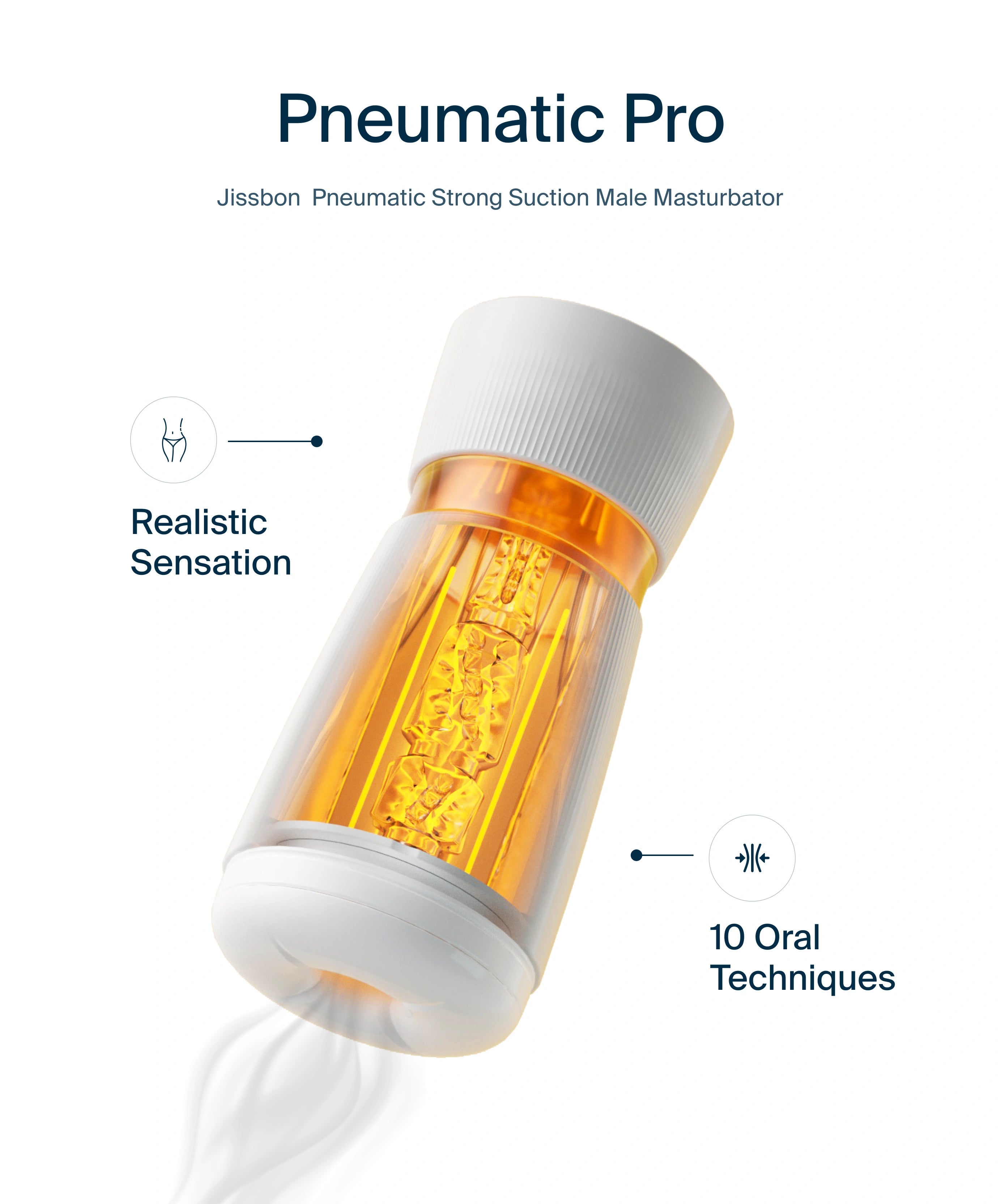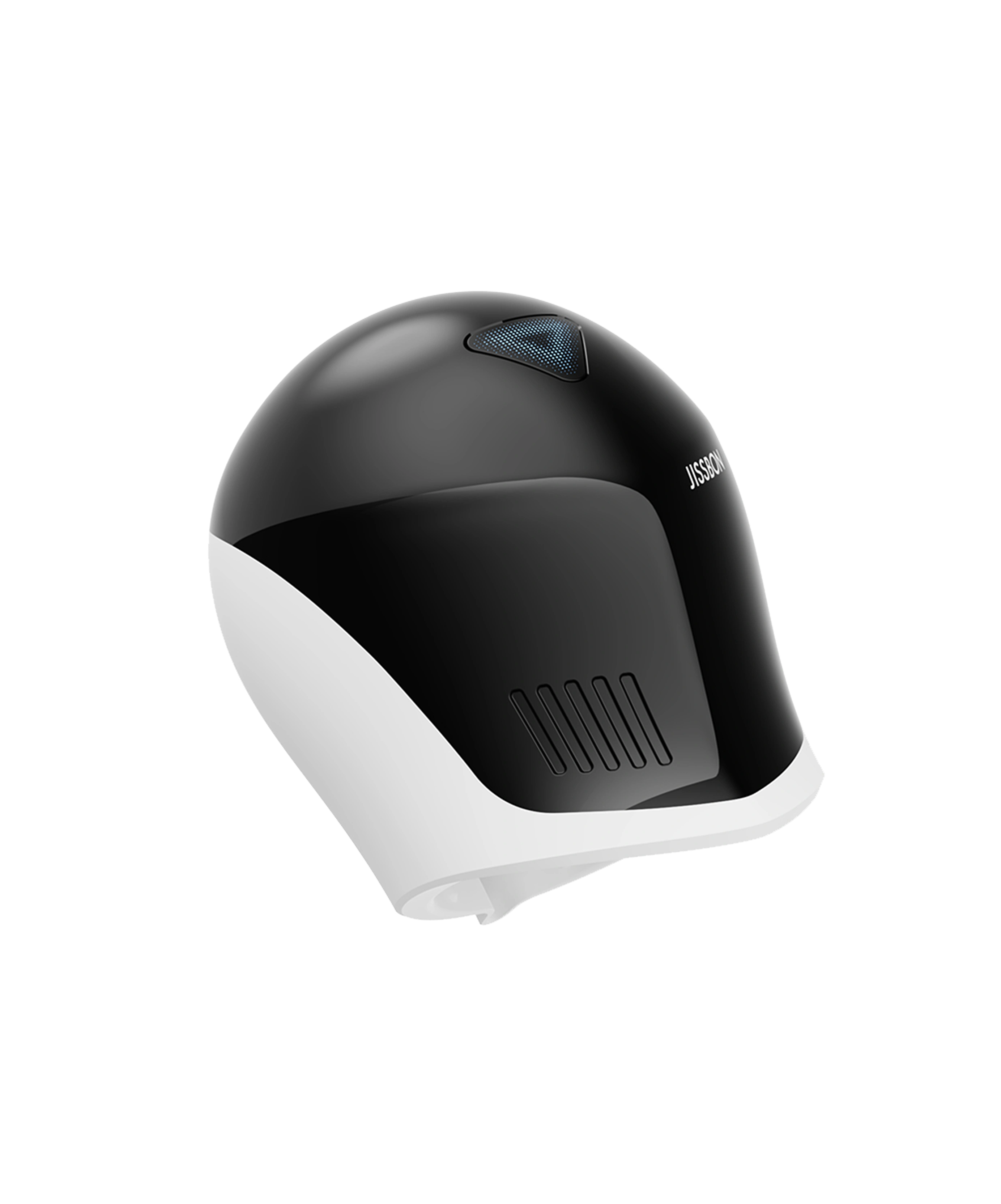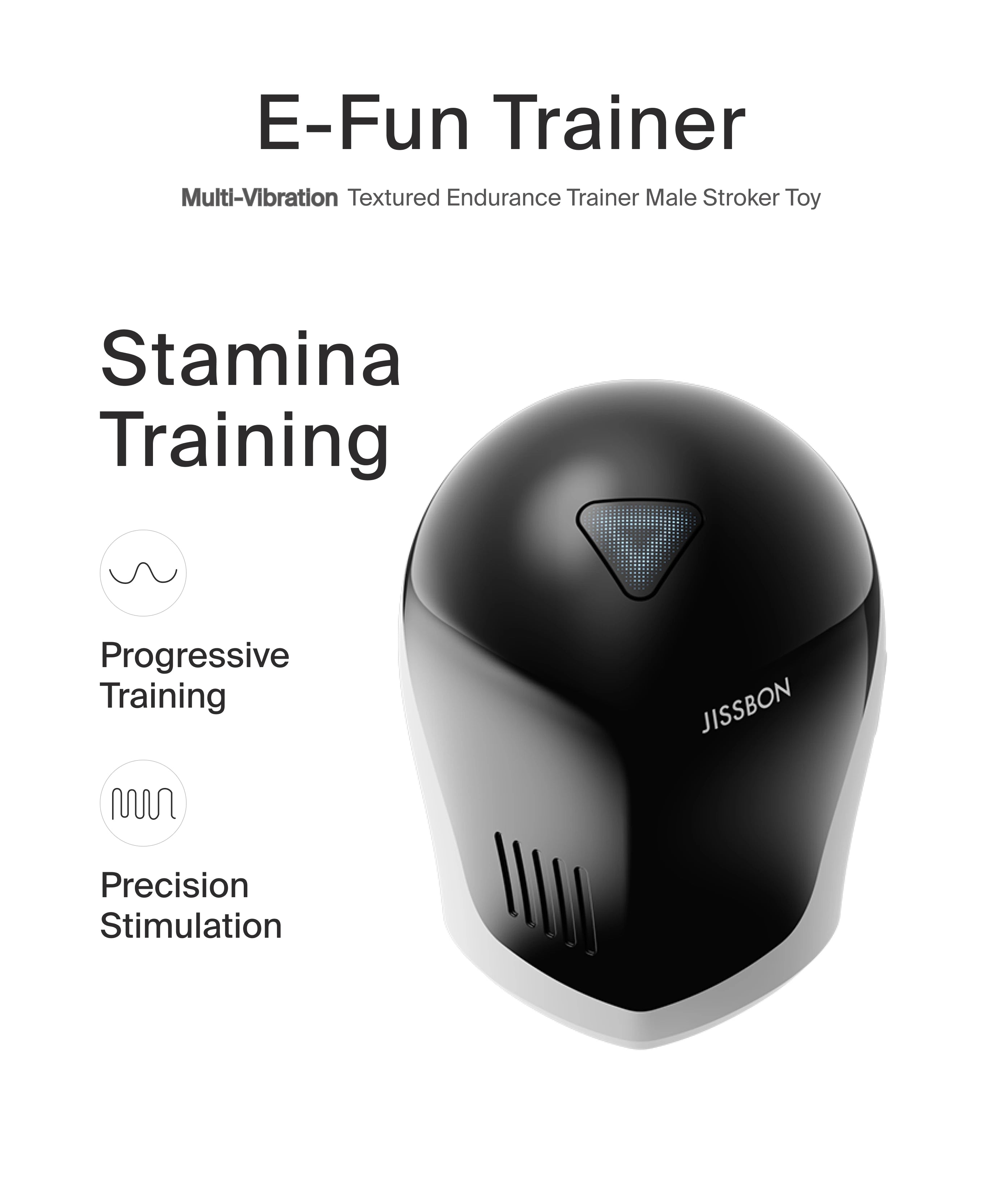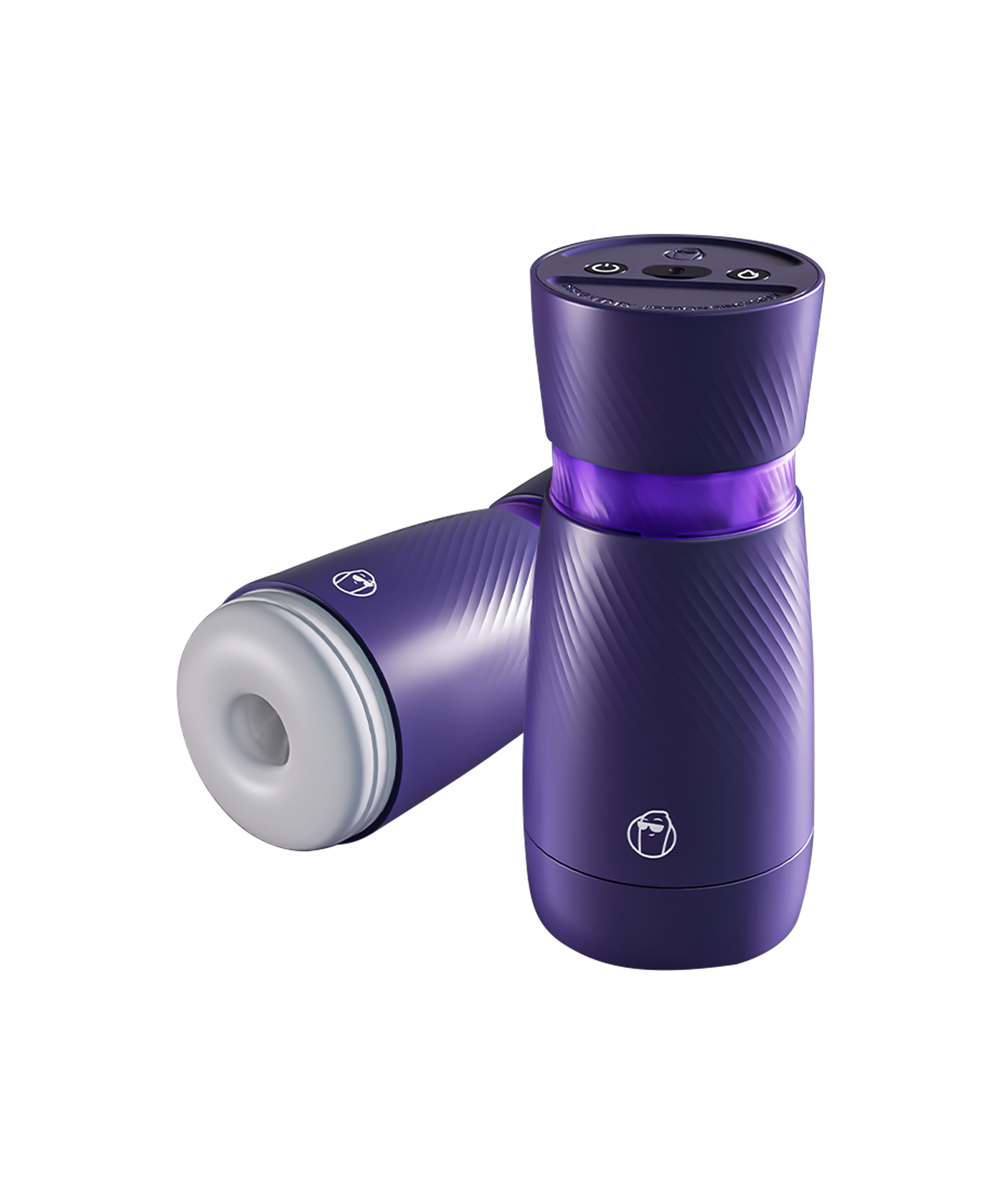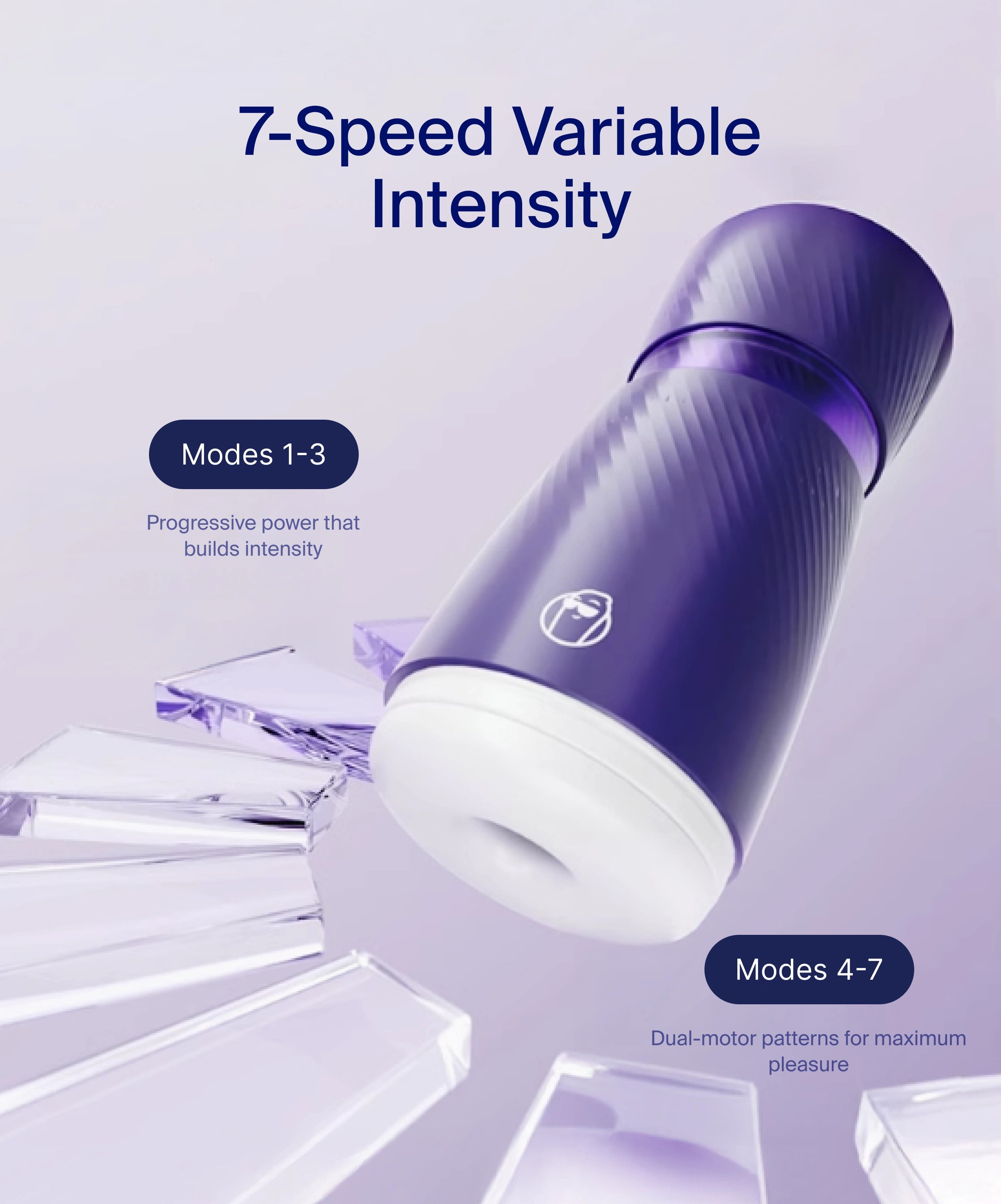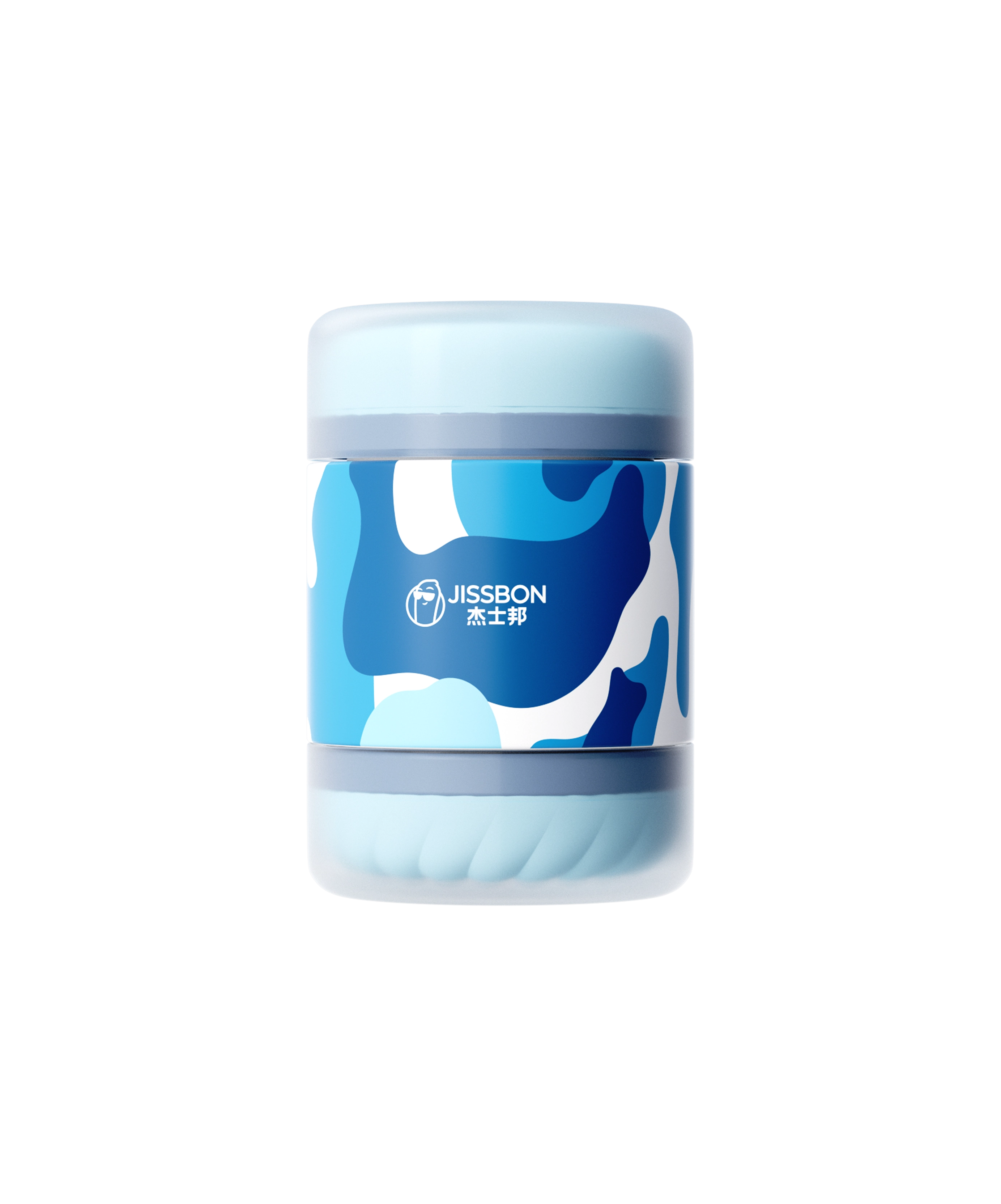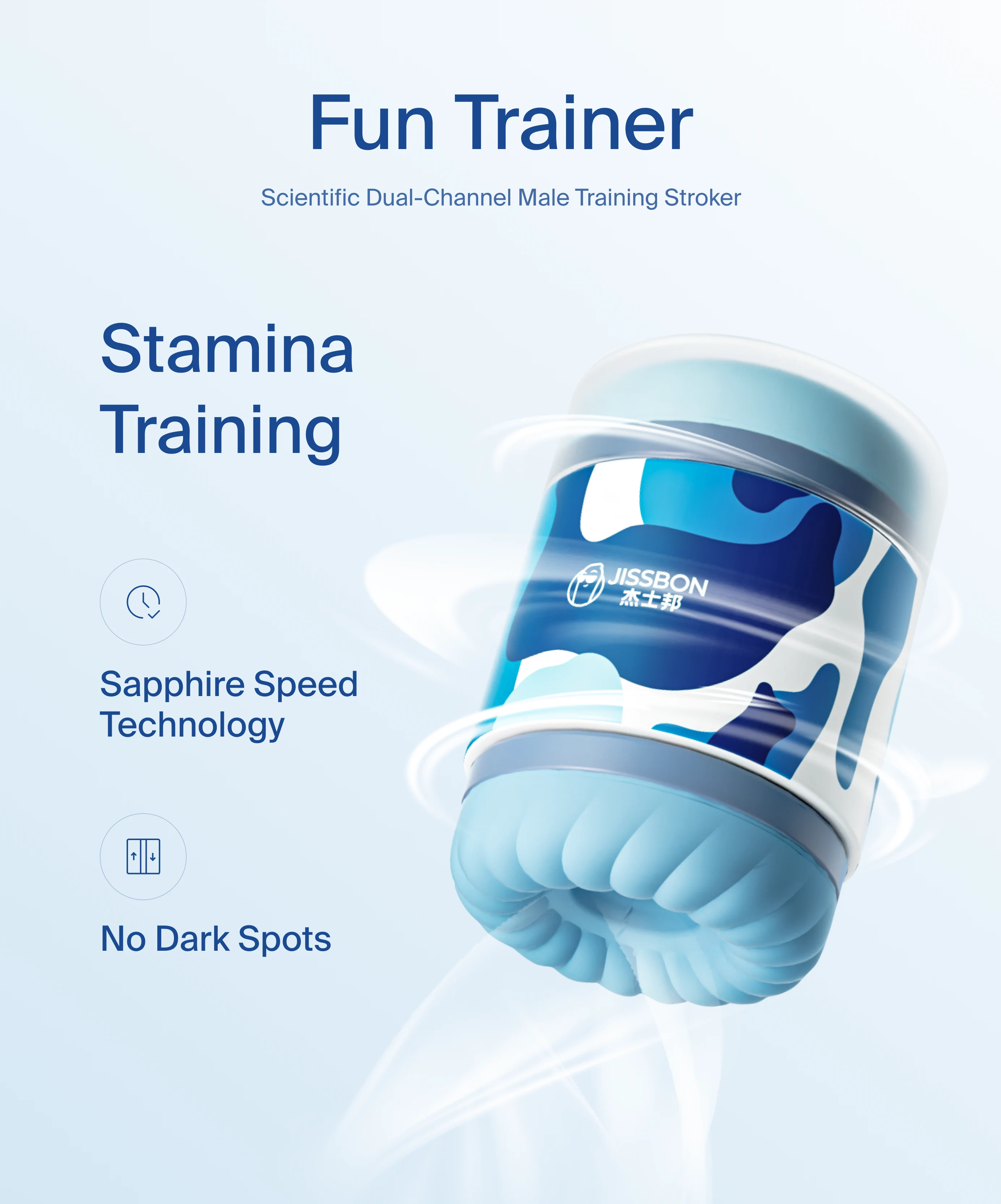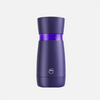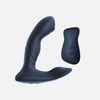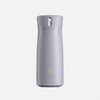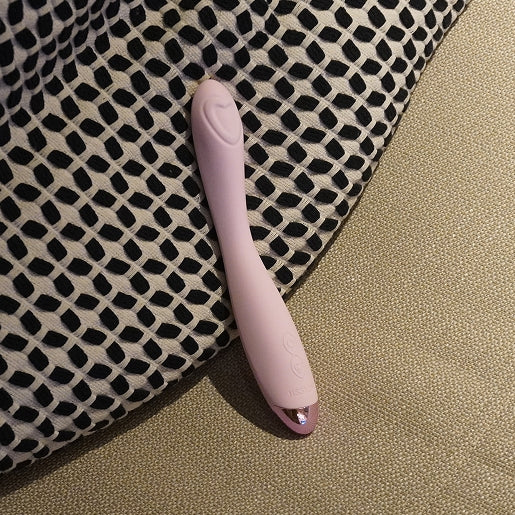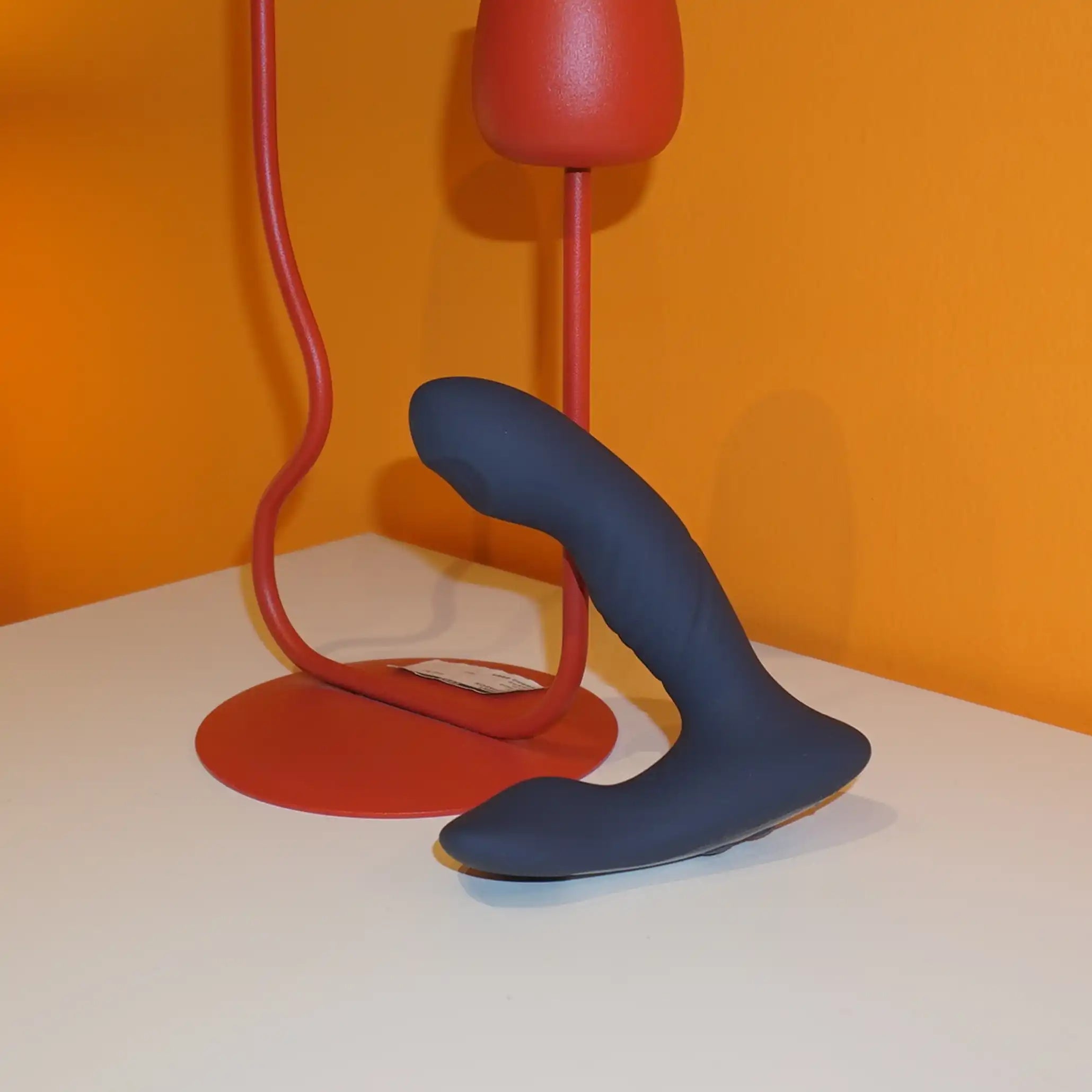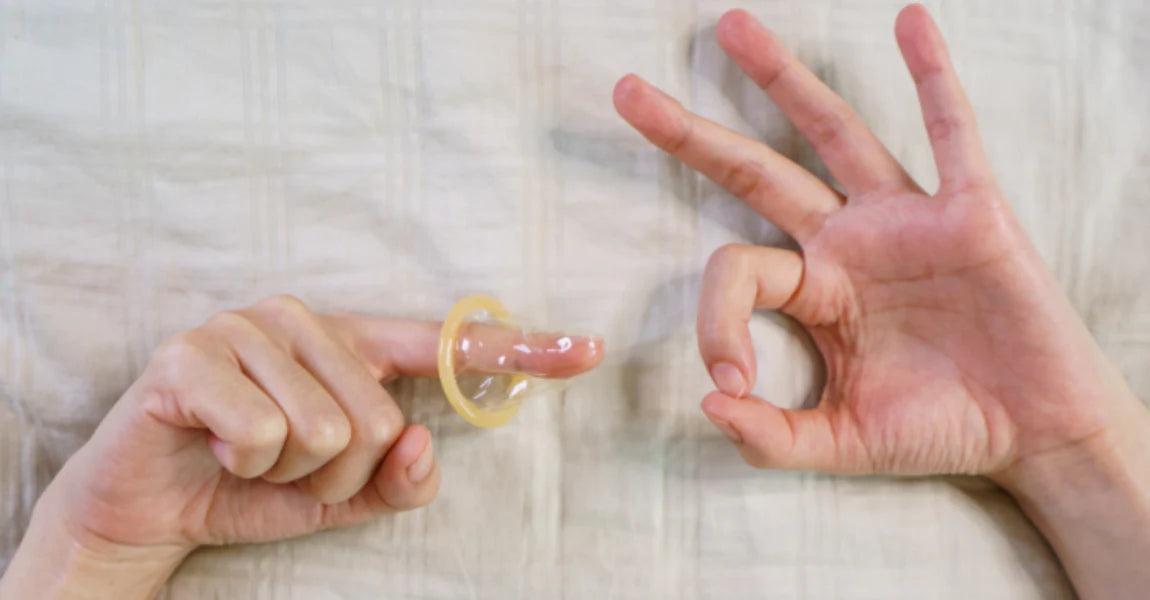If you’re Googling how are pocket pussies made, you’ll find two very different worlds: quick DIY pocket pussy hacks made from household items, and professionally manufactured strokers that use medical‑grade materials and precision molding.
This guide compares both—how they work, what they’re made of, and how to choose safely. We’ll also cover care, materials (silicone vs. TPE), and common questions people ask when deciding between a homemade pocket pussy and a finished product.
Pocket Pussy 101: What It Is (and Isn’t)
A pocket pussy (also called a masturbator, stroker, or homemade Fleshlight when DIY’d) is typically a soft sleeve with an opening and an internal texture that you use with lubricant. Most commercial sleeves are housed in a rigid case with an adjustable end cap for suction control. Materials vary—TPE (thermoplastic elastomers) and silicone are most common—with different firmness levels and textures designed to change grip, friction, and suction. Reference explainers on artificial vaginas list common materials such as TPE, silicone, and soft plastics, noting that silicone is non‑porous while many other materials are porous and need extra care.
How DIY Pocket Pussies Are Made (at Home)
Across mainstream roundups and how‑to pieces, the typical DIY pocket pussy has three parts:
- An inner sleeve (often a latex or nitrile glove, or a bag)
- Soft padding (towels, sponges, socks) to protect and compress the sleeve
- A rigid shell (cup, pitcher, or the classic Pringles can) to hold shape
A widely cited Men’s Health piece catalogs popular DIY builds and the common materials people use (gloves, sponges, towels, rubber bands), plus basic safety tips like avoiding overly tight bands and considering nitrile if you’re latex‑sensitive.
Important safety note: Sexual‑health organizations caution that DIY sex toys may be unsafe if they break, have rough edges, or can’t be sanitized. Household materials can harbor bacteria or degrade with lubricant. If you improvise, prioritize smooth, non‑splintering surfaces, avoid anything that can collapse or get stuck, and use plenty of body‑safe lube.
A safer‑by‑design DIY template (if you must)
- Use a soft liner (nitrile glove) inside a rolled hand towel; keep the towel edges tucked so nothing rough touches skin.
- Place the towel‑wrapped liner into a smooth cup (no sharp rims); secure gently with tape (not tight bands).
- Use water‑based lubricant only (oil can degrade some materials; silicone lube will damage silicone toys).
- Clean immediately after use: discard disposable liners; wash anything reusable with warm water and mild soap; let dry thoroughly.
Even with care, DIY devices are temporary and not body‑safe in the way tested, non‑porous, or medical‑grade materials can be. For regular use, a professionally made stroker is the safer choice.
How Professional Pocket Pussies Are Made (Factory Process)
Modern masturbators are engineered products. The goal is repeatable softness, precise textures, and safe‑to‑skin materials. Here’s an overview of the professional path—from idea to box.
Research, Design & Prototyping
- CAD modeling defines outside ergonomics and internal textures (ribs, chambers, constrictions).
- Material targets (softness/durometer) and wall thickness are chosen to balance squeeze with durability.
- Prototyping can involve 3D‑printed molds and trial castings (often silicone) to validate feel before hard tooling. (Silicone casting with printed molds is a common rapid‑prototype method.)
Material Selection: Silicone vs. TPE
Silicone (LSR / HCR):
- LSR (Liquid Silicone Rubber) is a two‑part, platinum‑cure silicone that’s pumped and injection molded—great for clean, repeatable parts and commonly used for medical components. Advantages include skin‑safety profiles, thermal stability, and consistent dimensions.
- HCR (High Consistency Rubber) is a gum‑like silicone often compression molded for certain shapes.
TPE (Thermoplastic Elastomers):
-
TPEs are melt‑processable and usually injection molded. They deliver a soft, “skin‑like” feel at lower cost, but many TPEs are porous and need careful cleaning; some are oil‑gel elastomers that rely on mineral oil plasticizers for their feel. (A long‑standing patent for a semen‑collection sleeve—similar in structure—describes an elastomer impregnated with mineral oil to reduce friction, an approach echoed in consumer sleeves.)
Takeaway: Silicone (especially platinum‑cured LSR) is favored for non‑porous construction and high repeatability; TPE allows ultra‑soft sensations and mass production via injection molding. Many brands use one or the other—or even combine a soft sleeve with a hard plastic case.
Tooling (Molds)
- For LSR injection molding, hardened steel or aluminum molds with cold‑runner systems, fine vents, and polished cavities deliver consistent, bubble‑free parts.
- For TPE injection molding, pelletized TPE is dried, heated, and injected under pressure into cooled molds; gate design and packing reduce voids and surface imperfections.
LSR (Liquid Silicone Rubber) Injection Molding
-
Two components (A and B) feed from sealed drums, mixed 1:1 and injected into a hot mold. Curing happens within seconds, enabling high throughput. Parts demold soft, elastic, and dimensionally consistent.
TPE Injection Molding
-
TPE pellets are melted and injected; part cools and solidifies in the mold, then ejects. Proper pressure and cooling minimize bubbles and flash; compounds can be tuned for softness, color, and surface “drag.”
Why factories love LSR: It’s clean (closed system), compatible with medical‑grade formulations, and ideal for parts that touch skin. Many medical suppliers and molders outline this exact process in their technical pages.
Post‑Processing & Quality Control
-
Trim & finish: Remove gate vestiges and any flash; polish or dust the surface for consistent feel.
-
Post‑cure (silicone): Some LSR parts are post‑cured in ovens to stabilize properties and drive off volatiles.
-
Dimensional checks: Measure wall thickness, texture features, and overall length; test suction‑cap function (if applicable).
-
Material safety: Reputable makers use platinum‑cured silicone or phthalate‑free TPE, and avoid substances that inhibit curing or leach. (Platinum‑cure silicones are famously sensitive to sulfur/latex and other contaminants; factories control these to ensure full cure.)
-
Packaging: Dusting with cornstarch/renewal powder keeps tacky elastomers smooth in the box; instructions cover cleaning and lube compatibility.
Why Professional Toys Feel So “Real”
- Geometry: Tight entries, internal chambers, and mid‑canal constrictions change pressure as you move, creating a “squeeze‑then‑release” rhythm.
- Durometer (softness): Selecting the right Shore hardness controls how much the sleeve flexes under pressure.
- Surface finish: Micro‑textures at the mold surface can tune drag for a silkier or grippier glide.
- Suction control: A case end‑cap lets you vent or trap air to alter vacuum and perceived tightness—a signature of many case‑style strokers. (Manufacturer and buyer guides consistently call out end‑cap tuning as key to feel.)
Silicone vs. TPE: Which Is “Better”?
There’s no universal winner—only the best match for your priorities.
-
Silicone (platinum‑cured LSR/HCR)
-
TPE (thermoplastic elastomer)
- Pros: Ultra‑soft “skin” feel; widely available; often lower cost; great detail via injection molding.
- Cons: Usually porous—needs careful cleaning and thorough drying; can be more sensitive to heat.
- Use case: You want maximum squish and don’t mind extra care. (Material lists for artificial vaginas note porosity concerns for many non‑silicone materials.)
Safety & Care (What Pros Do Differently)
- Body‑safe materials: Platinum‑cured silicone or phthalate‑free TPE formulated for skin contact. (Medical suppliers highlight USP Class VI options for LSR, underscoring biocompatibility.)
- Cure control & contamination avoidance: Platinum silicones can be ruined by sulfur/latex and certain clays—manufacturers strictly control surfaces, gloves, and pigments to ensure full cure.
- Documentation: Good packaging spells out lube compatibility (generally water‑based for TPE; water‑based or some silicone‑safe formulations for silicone), cleaning instructions, and storage tips.
DIY reality check: Household builds don’t have these controls. Sharp edges, collapsing shells, latex allergies, and poor cleanability are common risks—public health resources caution against DIY toys that can break or retain bacteria.
Should You DIY or Buy?
- DIY is cheap and curious‑maker friendly, but best for one‑off experiments with careful attention to smoothness and hygiene. It’s not the best long‑term solution for safety or durability. Men’s Health’s roundup shows just how creative (and variable) DIY builds can be—fun, but inconsistent.
- Pro strokers deliver consistent feel, fit, and safety. If you like to tune tightness, suction, and vibration, look at modern devices that add adjustable squeeze and patterns.
Frequently Asked Questions
What is a pocket pussy, exactly?
A soft sleeve‑style masturbator with an opening and internal texture, usually used with lubricant. Materials include silicone and TPE; silicone is non‑porous (easier to sanitize), while many other materials are porous and need careful cleaning.
How are pocket pussies made in factories?
Most are injection molded using either LSR silicone (two‑part, platinum‑cure silicone mixed 1:1 and injected into a hot mold) or TPE (thermoplastic elastomer melted and injected). After demolding, parts are trimmed, sometimes post‑cured (silicone), inspected, and packaged.
Are homemade pocket pussies safe?
They can be risky. DIY toys may have rough edges, unhygienic materials, or parts that break/loosen. Sexual‑health resources advise caution with DIY toys and emphasize smooth surfaces and cleanability if you attempt one.
What materials feel most “real”?
That’s subjective. TPE can feel ultra‑soft; silicone offers stable softness, is non‑porous, and tends to be more durable. Many users choose silicone for ease of cleaning, while others like TPE’s pillowy feel.
Do manufacturers really use oil in sleeves?
Some soft elastomer sleeves are formulated with mineral oil to reduce friction and change feel; a related U.S. patent for a semen‑collection sleeve describes an elastomer impregnated with mineral oil—a similar concept to consumer strokers.
Why do some silicones “fail to cure”?
Platinum‑cure silicones are famously sensitive to sulfur/latex and certain clays or residues (cure inhibition). Professional shops rigorously control surfaces, gloves, and pigments to avoid this.
What lube should I use?
Use water‑based lube with any sleeve to be safe—especially for TPE (oil can destabilize some blends). Follow your product’s manual for lube compatibility and cleaning.
Read more

If you’ve typed what is the tightest Fleshlight into Google, you’re probably after two things: (1) a straight answer, and (2) guidance on which sleeves deliver the most tight and intense sensations...
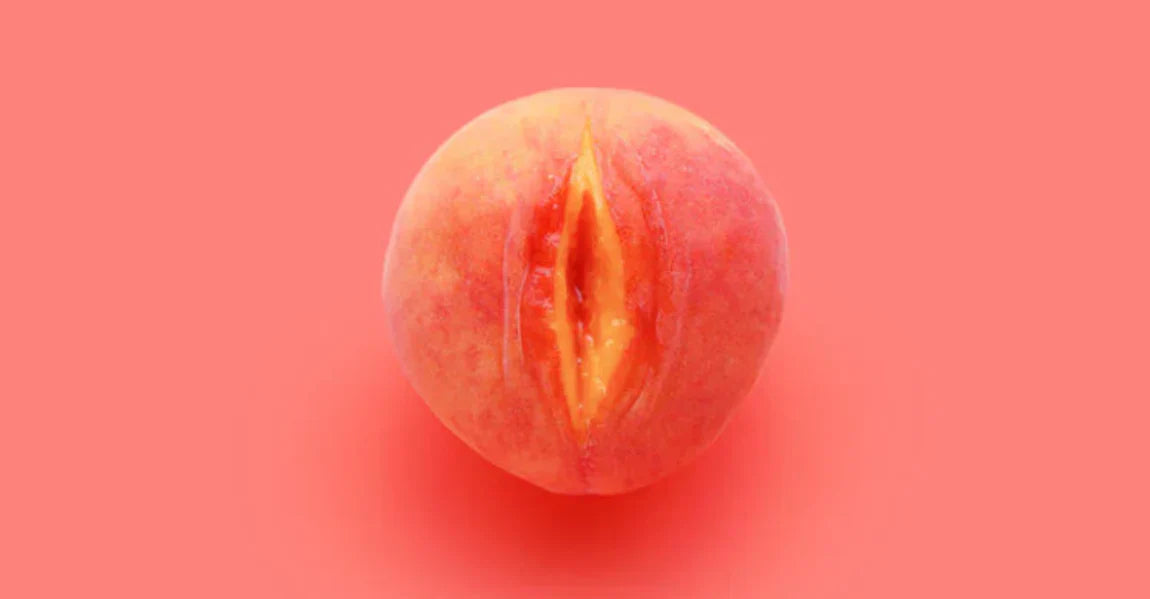
Searching how to make a pocket pussy without glove? You’re not alone. Plenty of DIY tutorials use latex or nitrile gloves, but not everyone wants that—maybe you’re allergic to latex, you don’t like...
